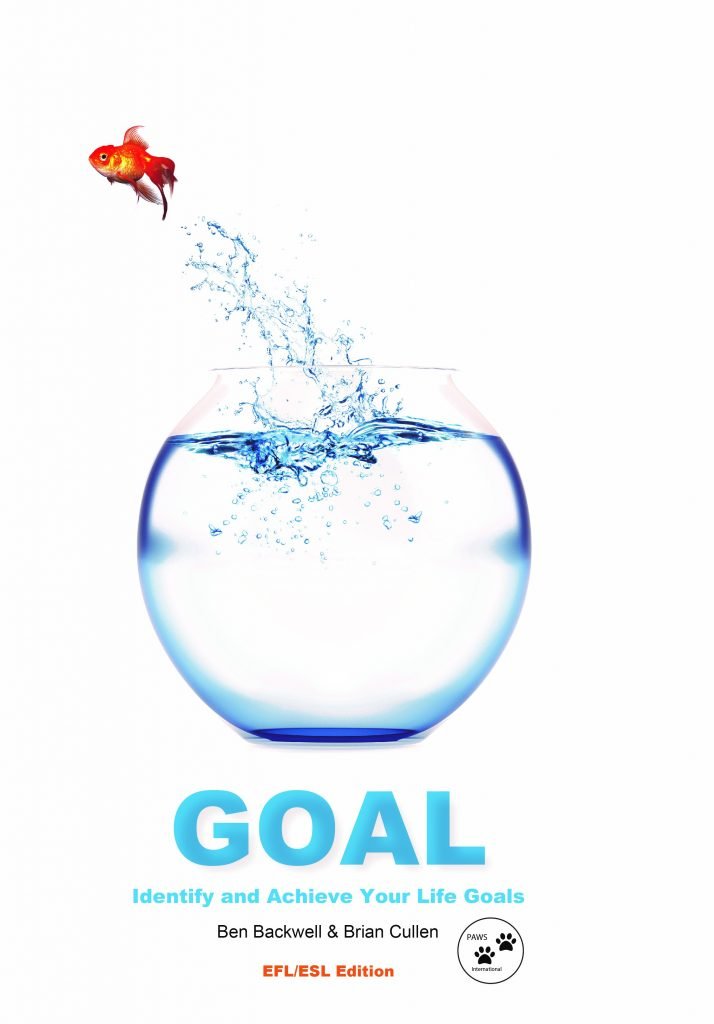Eric Gondree, author of Journey to America Today
Eric Gondree is the author of the textbook, Journey to America Today, which helps students to improve their language skills while also learning about the history and culture of the United States and how it became the country that it is today. In an earlier article, Eric told us the story of Journey to America Today and how the textbook was developed. In this article, Eric discusses the idea of historical thinking, a way that both we and our students can think about historical events in a more useful and consistent way.
In 2007, the historians Thomas Andrews and Flannery Burke reflected on their own teaching methods and concluded that an effective history education should involve nurturing certain habits of mind. These habits can be encapsulated by what they characterized as the “5 C’s of historical thinking.” (Andrews & Burke, 2017). These guidelines also offer tips and tactics for how English teachers can get their own students to think about history in their own language classes.
The 5 C’s of historical thinking are: Change, Context, Causality, Contingency and Complexity.
Change
Change refers to change (and the lack of change) over time. Students certainly know that the world of today is different from the world of yesterday. Furthermore, they assume that the world of tomorrow will be different from that of today. They may see this change in technology, clothes and traditions around them, but they may also see continuity. For example, Japanese youngsters may have plenty of modern electronic gadgets and forms of entertainment but they may also enjoy traditional holidays and old architecture.
One example of an assignment which focuses on the concept of historical change is examining old photographs or newspapers from their hometown. Another possibility interviewing their grandparents or older neighbors about how society has (and hasn’t) changed in their lifetimes. These primary sources can help students see and understand changes and continuities for places and people they consider important.
Context
Stories usually require context to be understandable, which is why some movies begin with text on the screen. Without this context, the story would be much harder to understand. The art of telling historical stories, therefore, requires a great deal of contextualization. The Berlin Airlift and Korean War can’t make sense in isolation from the context of the Cold War.
One activity which helps to add context is interpreting historical pictures. For example an image which illustrates what everyday life was like in a historical period makes the time seem less abstract and remote. Ancient Egyptian paintings depicting people living on the Nile or photographs of a World War I trench could be primary sources which students can explore and discuss. Can they describe what they see? What is happening? Is there anything missing?
Causality
Causality is understanding the factors which cause or result from complex historical changes and how some factors might outweigh others. Historians use primary sources to support their arguments about causality and there could conceivably be multiple explanations for a single event, not all of which are equally possible. One of the ideas that teachers should therefore wish to impart is that there can be many causes and many effects for just one historical event.
To demonstrate causality, teachers can turn to debates and role-playing, using primary sources as background materials. These activities require students to develop persuasive arguments about history or roleplays requiring them to look at evidence while acting-out their roles.
Contingency
Contingency illustrates the interconnectedness of past events and how history might have turned out differently. This may be a challenging idea to teach, because it requires a lot of background information and speculation, but it emphasizes the choices that people make and the constraints which limit their choices. It requires us to ask: What if?
The notion of contingency requires students to think deeply about how the past links to the future and see that things didn’t necessarily have to turn out as they did. For the purposes of teaching English, assigning students to write a fictional story in which they predict the future or write an alternate history are good ways to get them thinking about contingency.
Complexity
The world is complicated and interpreting historical events is no different. Just as how two people can have very different opinions about the same movie, different groups of people can have very different opinions about what has happened in the past. Sometimes, differing views about history can be at the root of major conflicts in the present day. Understanding these differing points of view can be challenging, but it helps us learn skills like seeing things from others’ points of view and making sense of current events.
Roleplays in which students debate a historical controversy are opportunities to demonstrate historical complexity. For instance, students could role-play delegates from different nations to discuss possible solutions to a dispute. Or different members of a national cabinet trying to defuse a crisis. Requiring students to learn the conflicting interests of different groups can illustrate the often difficult compromises that result from bringing together disparate viewpoints.
Through activities like those suggested above, students will hopefully see that learning history can be useful, interesting and even fun. Knowing dates and names is only one part, but the subject also involves interconnectedness, fluidity and the differences of opinion which add texture and depth which help us to better understand the issues facing us today.
Reference
Andrews, T. and Burke, F. (2017) What Does It Mean to Think Historically? Perspectives on History, 45.



















